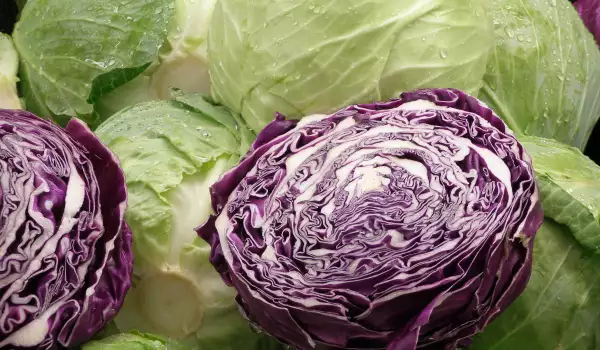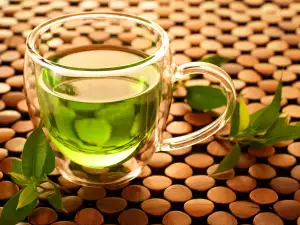Lutein and zeaxanthin are two of the most abundant carotenoids. Unlike beta-carotene, alpha-carotene and beta-cryptoxanthin, these two carotenoids are not considered "provitamin A" compounds because they do not turn into retinol in the body - the active form of vitamin A. Though these carotenoids have yellow pigments, they are concentrated in foods with other colors, especially green leafy vegetables.
Lutein is used as a pigment to absorb light and carry protection against harmful sun rays and actions of free radicals. In the human body, lutein is found in the lens and macula of the retina. It and zeaxanthin are known as macular pigments. It is estimated that about 75% of people do not get enough of these two pigments. Since the body can not produce them itself, it must obtain them from outside. Shortness of lutein is more common in people with light eyes and smokers.
Necessary amount of lutein
According to studies carried out, to reduce the risk of cataracts and macular degeneration, the lutein amount that must be taken daily is a minimum of 6 mg. For people who already have disabilities, or those who fall into risk groups for the occurrence of such problems, lutein intake should be increased to about 20 to 40 mg daily.
Mechanism of Action
Lutein with zeaxanthin absorb about 5 times better than beta-carotene. They are associated with a particular protein, called retanen and distributed in the lens and retina. Lutein accumulates throughout the retina, while zeaxanthin - mostly in the macula.
According to recent studies, high amounts of lutein not only protect against macular degeneration, but have the ability to recover after it has already started. Plasma levels of lutein increases proportionally with the daily dose. It reaches its highest value at 20 mg per day. However, only lutein is not enough, so it is combined with zeaxanthin.

Functions of lutein and zeaxanthin
- Antioxidant activities - these are compounds that help fight cancer and slow down the process of aging. They are powerful antioxidants, protecting the body's cells from damage caused by so-called free radicals.
- Improving the health of your eyes - eyes are repositories for carotenoids, lutein and zeaxanthin are concentrated in the retina and lens. Studies have shown that higher dietary intake of lutein and zeaxanthin is associated with a reduced risk of cataracts and age-related macular degeneration.
In the long term, insufficient intake of lutein and zeaxanthin is associated with increased risk of chronic diseases, including heart disease and various cancers.
Lutein is sensitive to the process of cooking and storage. Prolonged cooking of green leafy vegetables reduces their content of lutein.
Carotenoids, such as lutein and zeaxanthin are fat-soluble substances, and as such require the presence of dietary fat for proper absorption, through the digestive tract. Due to the low consumption of fruits and vegetables, many young people do not get enough lutein and zeaxanthin. For their part, smokers and people who consume alcohol may also have lower than normal blood levels of carotenoids.
Medicines to lower cholesterol, Cholestyramine, Colestipol and Colestid, lead to lower blood levels of carotenoids. In addition, margarines fortified with plant sterols like Benecol, can reduce the absorption of carotenoids. Olestra, a fat substitute that is added to snacks, can also reduce the absorption of lutein and zeaxanthin.
Lutein and zeaxanthin may play an important role in the treatment and/or prevention of the following diseases: AIDS, age-related macular degeneration, asthma, angina, cataracts, cancer of the cervix, cervical dysplasia, heart disease, laryngeal cancer, lung, male and female infertility, osteoarthritis, pneumonia, prostate cancer, arthritis, skin cancer, vaginal candidiasis and others.
Lutein and zeaxanthin are found together in most cases in food supplements, especially those containing extracts from marigold flowers.
Green vegetables such as kale, spinach, turnips, lettuce, broccoli, zucchini, garden peas and Brussels sprouts are among the best sources of lutein and zeaxanthin.






















